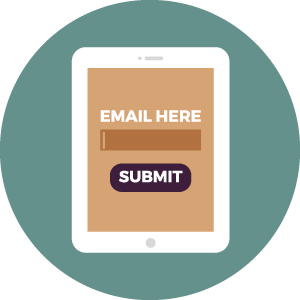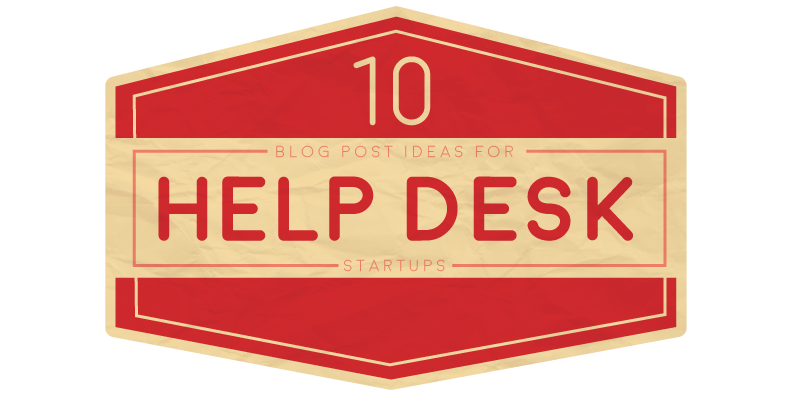Inbound marketing relies on brand alignment. White paper examples and other free content are your most powerful tools.
Let’s say you’re in the business of adaptive learning technology. You’ve built a platform enriched with carefully researched curriculums designed to meet the needs of students at every level. Now all you need to do is to create a customer base.
You’ve exhausted the typical outlets for actively generating leads, but you know there’s more potential out there through passive lead-generation. The question is, how to effectively do it with such a niche product.
Enter white paper examples and other free offerings. When it comes to inbound marketing, there is perhaps no method more favorable for generating passive leads than to offer pertinent information at no cost to the people who may become your customers. But how does free information translate to sales?
The answer has two parts. First, potential customers will see you as a leading expert in your field when you provide information closely aligned with your brand. The second part is that to receive the information, potential customers will provide an email address, which then becomes a database of potential business for you.
 White papers generate leads
White papers generate leads
Acrobatiq is a company that focuses on adaptive learning technology, an extremely niche market of universities and higher education institutes. Because Acrobatiq’s offering is relatively new and progressive, people interested in adaptive learning technology have a lot of questions. Here’s where white paper examples become useful.
Anyone can download one of eight informational white papers they offer directly from the Acrobatiq website. All you have to do is enter your e-mail address and your name, and they’ll email you the selected white paper for free, answering many of the questions you as a customer might have.
The result is a list of prospects to whom Acrobatiq can send updates and other information. The alignment of the information with their brand puts them in an ideal position when those prospective customers reach the point of purchase.
 Creative freebies
Creative freebies
White paper examples aren’t the only free tool in your arsenal. In fact, the options are somewhat limitless as long as you’re creative. Take AutoRaptor, for example. They provide a CRM for auto dealers. In addition to a free automotive CRM guide, they also offer a package of twenty free stock photos for car dealers—a freebie that could be very handy for a new or growing business. Of course, the photos are only available to those who provide those coveted email addresses.
Mequoda, a subscription website developer for publishers, offers a free handbook—that’s right, a whole handbook—about subscription website publishing. By granting access to potential customers about Mequoda’s industry and services, they empower prospects to make informed decisions that will hopefully result in choosing Mequoda as their solution for subscription website development.
If you want to promote your service, there’s no better way than a free trial. Salesforce, a pioneer in cloud computing, offers a 30-day trial of their subscription service in exchange for the contact information necessary to create a list of leads. A trial, of course, isn’t something universally informative about an industry, but it provides potential customers with the knowledge they need to make a decision about buying a product. (Of course, a free trial can backfire, too. Make sure you’ve worked all the kinks out before exposing your product to the market.)
Brand alignment
Notice the thing that each of these companies has in common. All of their free materials, whether white paper examples, tipsheets, or workbooks, are all highly aligned with their brands. They not only address their specific niche industries, but they do so as experts in those sectors, which makes the brands much more memorable.
 Which freebie is right for me?
Which freebie is right for me?
White paper examples, handbooks, stock photos—there are a lot of options for free content. Which is most effective? It depends on what you’re trying to do. If you’re just looking for brand recognition, something like stock photos is probably enough to be remembered. But an easily readable three to five-page white paper will go a lot further if you want people to recognize you as an expert.
If you want to provide detailed information that’s less research-heavy, a fifty-page handbook might be the best route, but you might also find something as simple as an informational one-sheet helpful in generating that email list of prospective customers.
The most important thing to remember is that whichever method you choose, align it with your brand, make it free, and make sure you get an email address in exchange for the offering. Adhere to all of these and you’ll have mastered the basics of awesome inbound marketing.




